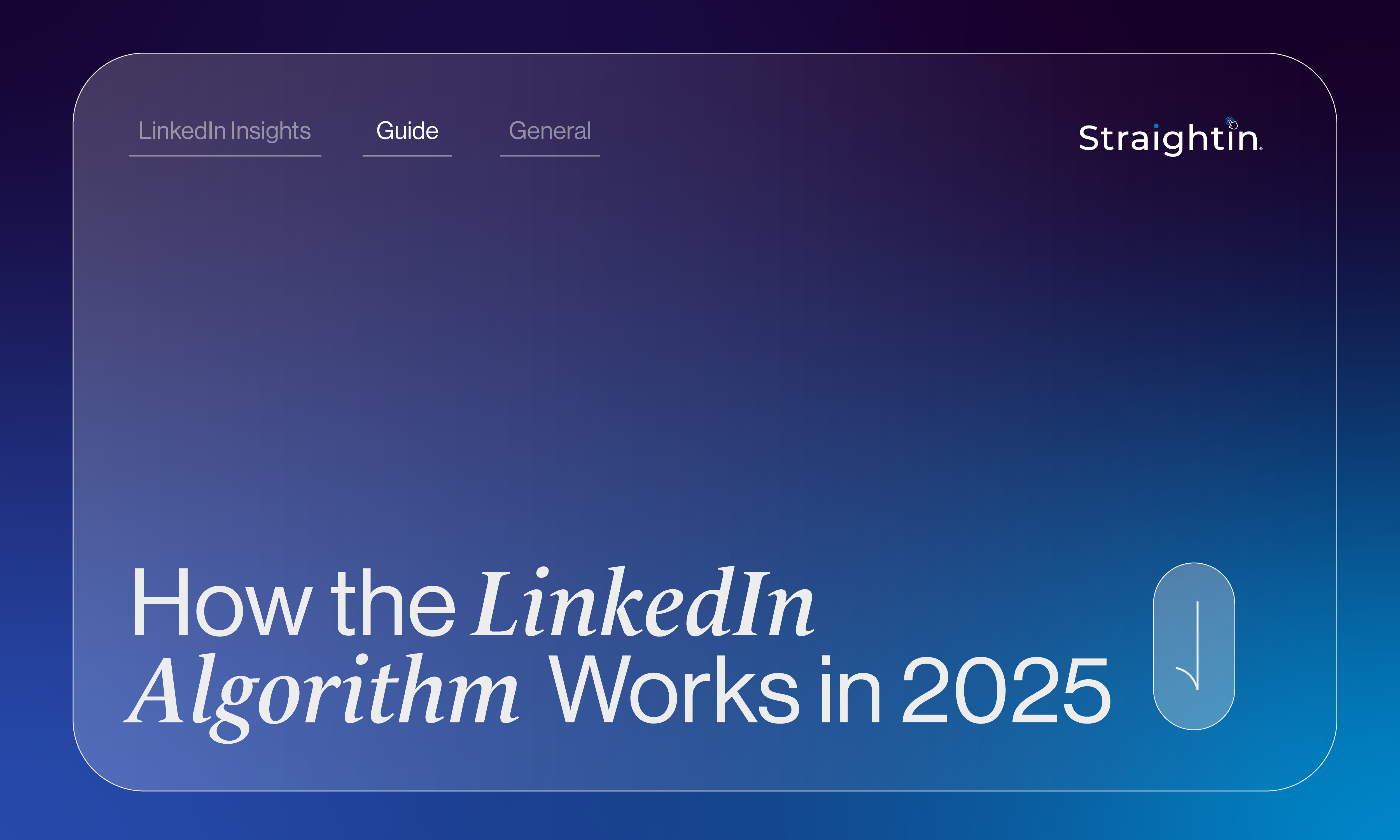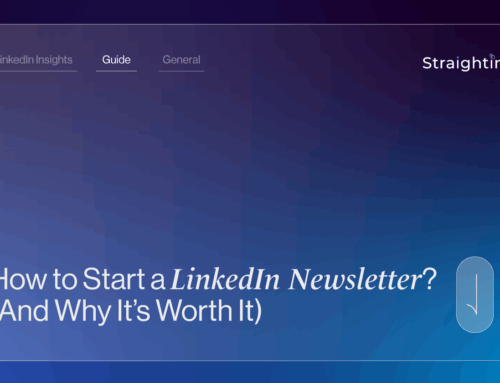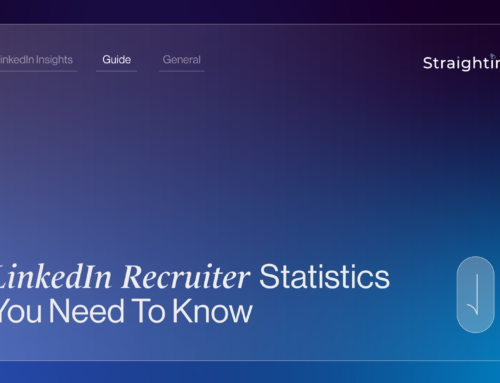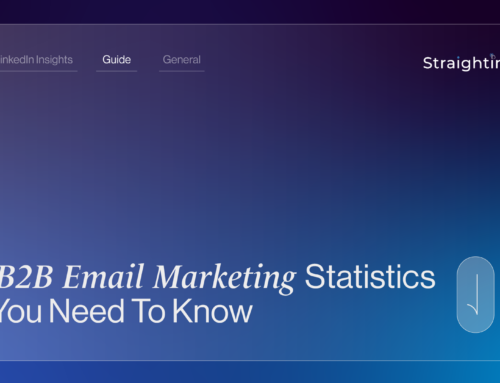Understanding how the LinkedIn algorithm works in 2025 is crucial for professionals and businesses looking to maximise their visibility and engagement on the platform. Like other social media algorithms, LinkedIn’s algorithm determines where and how frequently content appears on a user’s feed. Unlike platforms designed to promote viral content, LinkedIn’s algorithm focuses on relevance, ensuring users are exposed to the most professional and valuable insights tailored to their network.
What Is the LinkedIn Algorithm?
LinkedIn’s algorithm is engineered to prioritise meaningful and professional interactions. Unlike platforms like Facebook or Instagram, LinkedIn purposefully limits the spread of viral content. According to Hootsuite, this ensures that users see content relevant to their professional goals rather than generic viral trends. By analysing user interactions—such as comments, shares, and reactions—the algorithm elevates engaging, high-quality content to the top of users’ feeds.
For content creators, this means that relatable, engaging posts tailored to your target audience will be prioritised by LinkedIn. As highlighted in Sprout Social, engaging posts that resonate with your audience are more likely to gain visibility. LinkedIn’s commitment to relevance helps professionals connect with valuable insights while avoiding content clutter.
Key Factors Influencing the LinkedIn Algorithm
Several factors influence the visibility of your LinkedIn posts. Here are the top elements to consider:
1. Effective LinkedIn Posting
Effective LinkedIn posting is about creating content that benefits your connections and enhances your professional profile. Matt Cordas emphasises that crafting a compelling headline, using a narrative structure, and avoiding large blocks of text can make your posts more engaging. Adding a thought-provoking question at the end encourages comments and interactions, boosting your post’s algorithmic performance.
Moreover, LinkedIn rewards posts with high engagement by increasing their visibility. Trending posts are more likely to appear in the feeds of 2nd and 3rd-degree connections, expanding your reach and impact.
2. LinkedIn’s Content Selection Process
LinkedIn curates your feed based on relevance and professional connections. Your feed may include:
- Trending Posts: Content from 2nd and 3rd-degree connections that generates significant engagement.
- Paid Advertisements: Ads appear in your feed when you match the target audience criteria set by advertisers.
- Suggested Content: Recommendations based on your interactions, interests, and professional goals.
Using LinkedIn’s ad tools, such as LinkedIn Campaign Manager, allows businesses to target their audience effectively, increasing conversions and engagement.
3. Timing and the “Golden Hour”
The “Golden Hour of LinkedIn,” as explained by GetCrisp, is the critical 60-minute window after posting. During this period, the algorithm evaluates your post’s engagement—including likes, views, and comments—to determine its visibility. To make the most of this window:
- Use relevant hashtags and keywords.
- Post at times when your audience is most active.
- Craft content that resonates with your professional network.
4. Video and Visual Content
LinkedIn’s algorithm favours posts with multimedia elements such as videos, images, or documents. According to Social Media Examiner, video posts receive 5x more engagement than text-only posts. Including visuals can grab attention and make your content more shareable, increasing its reach and performance.
5. Building Relationships Through Comments
Active participation in discussions can also improve your algorithmic visibility. By commenting on relevant posts in your network, you increase the likelihood of your profile and content being recommended to others. LinkedIn Help confirms that consistent engagement contributes to better feed visibility.
Best Practices for Maximising LinkedIn Engagement
1. Schedule Posts Strategically
Knowing when to post is key to maximising your content’s impact. HubSpot suggests the following optimal times:
- B2B Engagement: Post multiple times per week.
- B2C Engagement: Post once per week or several times per month.
For LinkedIn, the best posting times are typically during business hours, with peak engagement often occurring between 3–6 PM on Mondays, Fridays, and Saturdays.
2. Use Hashtags and Keywords
Hashtags and keywords help LinkedIn categorise your content and display it to relevant audiences. Choose hashtags that align with your industry, niche, or audience interests to increase discoverability. Use tools like Hashtagify to identify trending hashtags in your niche.
3. Leverage LinkedIn Analytics
Use LinkedIn’s built-in analytics tools to measure your post’s performance. By understanding which types of content perform best, you can refine your strategy and create more impactful posts. For in-depth insights, platforms like Sprinklr or Buffer can provide additional data and recommendations.
4. Create Polls and Interactive Content
Interactive content, such as polls and Q&A sessions, can drive significant engagement. According to the Content Marketing Institute, interactive posts have a 60% higher engagement rate than standard text posts. These formats encourage participation and help you gather valuable insights from your audience.
5. Develop a Content Calendar
A content calendar ensures consistency in posting and allows you to align your LinkedIn strategy with broader marketing goals. Tools like Trello or Asana can help you plan and schedule content effectively.
Why Relevance Matters in 2025
As LinkedIn continues to evolve, its focus on relevance ensures that users are exposed to meaningful content. This is particularly important in 2025, as professionals increasingly rely on LinkedIn for thought leadership, networking, and career development. By tailoring your content to your audience’s interests and needs, you can build stronger connections and achieve better results.
Conclusion
Understanding and leveraging the LinkedIn algorithm in 2025 is essential for growing your professional presence on the platform. By focusing on relevance, creating engaging content, and timing your posts strategically, you can ensure your content reaches the right audience.
LinkedIn is a platform for building meaningful connections and sharing professional insights—align your content strategy with these goals for optimal results.







